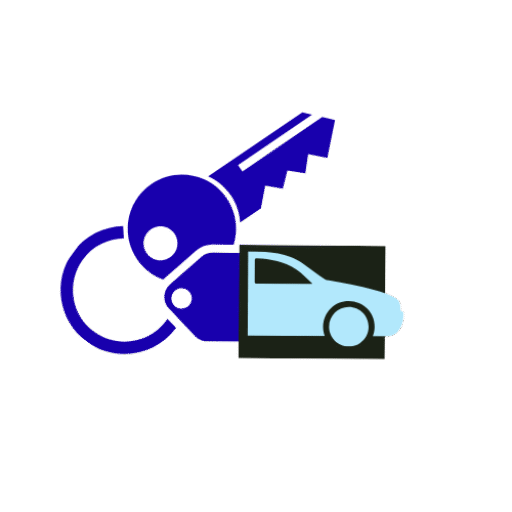Handling a Flat Tire in Your Rental Car: A Complete Guide for Stress-Free Solutions
Discovering a flat tire while driving a rental car can be frustrating and unexpected. Unlike your own vehicle, most rental cars do not come equipped with a full-size spare tire, and if one is included, it may lack essential tools such as a jack or lug wrench. Faced with a flat tire on the road, it’s easy to feel uncertain about your next step. Fortunately, there are several effective ways to handle the situation safely and calmly. Here’s a step-by-step guide to managing a flat tire in a rental car like a pro.
Step 1: Contact the Rental Company Immediately
Your first priority should be to contact the rental company’s customer service or roadside assistance line. If you opted for roadside assistance when booking, you’re in luck — this service typically covers labor costs for changing the tire or towing the vehicle to the nearest service center.
However, remember that roadside assistance usually covers only the labor. If the tire needs to be replaced, you may be responsible for the cost. Calling the rental company right away ensures professional guidance and prevents the situation from escalating.
Step 2: No Roadside Assistance? You Still Have Options
If you didn’t purchase the rental company’s roadside assistance package, don’t panic. Several alternatives can still help you:
- Credit Card Benefits: Many credit cards include roadside assistance that covers flat tires, jump-starts, and lockouts.
- Personal Auto Insurance: If your personal car insurance extends to rental vehicles, it may include roadside coverage.
- Membership Programs: Services such as AAA or similar programs often provide towing and tire assistance for rental vehicles.
Even without the rental company’s plan, these options can get you back on the road quickly and safely.
Step 3: Understand the Reality of Spare Tires in Modern Rentals
It’s important to know that many modern cars, including rentals, no longer come with spare tires. This is standard industry practice and completely legal. While rental companies must provide vehicles in proper working condition, you are responsible for any damage that occurs during your rental period — including flat tires caused by road debris.
If a spare tire isn’t available, roadside assistance or third-party services are designed to help. Many renters choose to add the rental company’s roadside coverage for peace of mind. These packages typically cost only a few dollars per day and cover common issues such as flat tires, dead batteries, or lockouts. However, they generally don’t include replacement parts — only labor.
Step 4: Keep Emergency Contact Numbers Handy
In the event of a flat tire, always have your rental company’s roadside assistance number easily accessible. Having this information ready allows you to call for help without unnecessary delays.
Step 5: Check Your Insurance or Credit Card Coverage
Even if you didn’t purchase roadside assistance from the rental company, your credit card or personal car insurance might offer similar coverage. Many major credit cards include roadside assistance for rental cars, which can cover tire changes, fuel delivery, or lockout services. Review your policy or card’s benefits to confirm what’s included and how to request help.
Step 6: Use Pay-Per-Use Roadside Assistance Apps
If you don’t have coverage through your rental company, insurance, or credit card, technology can still save the day. On-demand apps such as Urgent.ly or Honk connect drivers to certified roadside professionals for tire changes, jump-starts, and other minor emergencies at competitive rates. With real-time tracking and quick response times, these apps offer a modern solution to traditional roadside challenges.
Stay Calm and Keep Moving Forward
A flat tire doesn’t have to derail your trip. With a little preparation and awareness of your available options, you can handle this situation calmly and effectively. Whether through rental company assistance, your insurance provider, or a third-party service, help is always available.
Remember — it’s not the flat tire that defines your experience, but how you respond to it. Stay composed, know your resources, and you’ll be back on the road in no time. to it that determines whether your trip continues smoothly or becomes a stressful ordeal.

